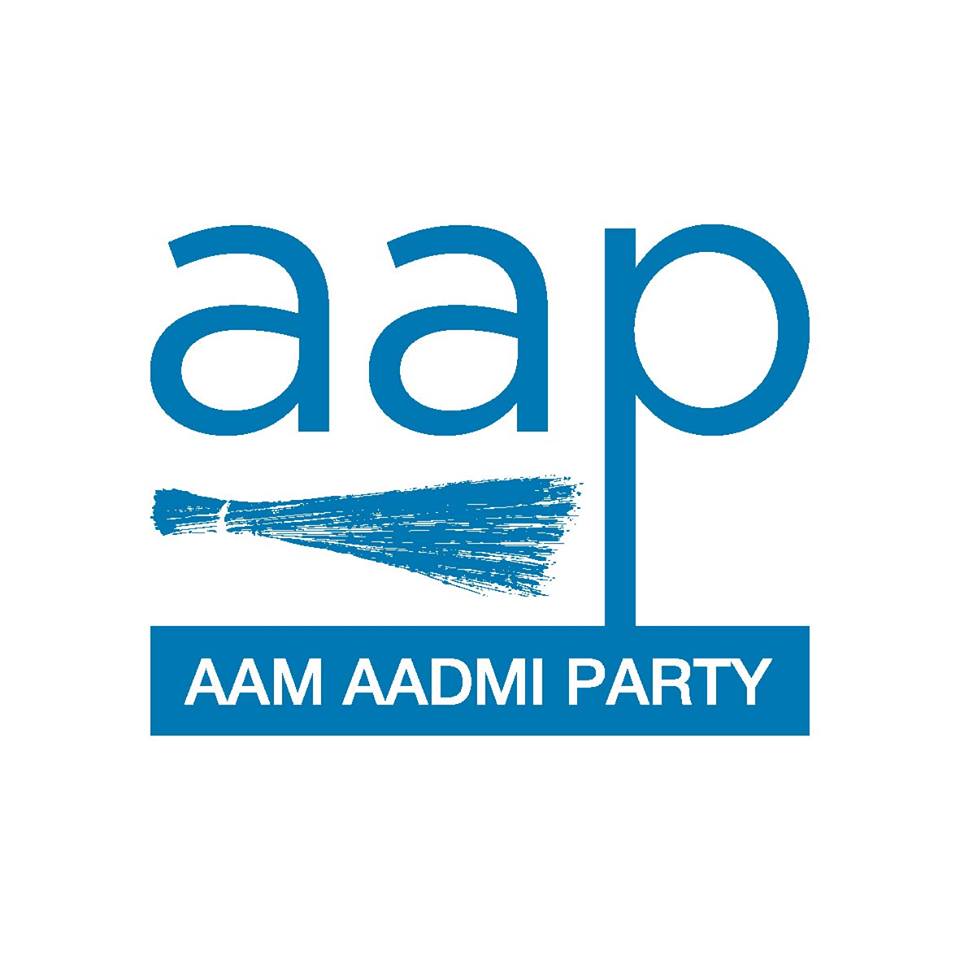

Load shedding
In 2014, Delhi faced 138 million units of power cuts. Fast forward to 2018-2019 – Delhi faced just 17.8 million units of cuts, a 87% decrease.
The Transmission System Availability increased to 99.26% by Dec 2020.

(Source: Delhi Dialogue and Development Commission Performance Report 2015-2019)
Presently Delhi offers 24×7 electricity which has also led to a drastic reduction in the number of diesel generators.

Meeting peak demand
As of May 2020, most parts of Delhi have been receiving 24 hours uninterrupted electricity, even as peak power demand in the summer of 2019 was the highest in Delhi’s history.
The peak demand of 6314 MW during Apr-Dec 2020 was successfully met.

Reduction in AT&C losses and Electricity Theft
The achievement of AT&C losses in 2019-2020 was 8.66%.
Electricity theft in Delhi is at an all-time low, and the lowest in the country.
BSES Rajdhani has seen Average Transmission and Collection (AT&C) losses brought down from 17% in 2013 to 8% in January 2020. (Source: Delhi Dialogue and Development Commission Performance Report 2015-2019)

Lowest Power Tariff
Delhi is the only state in India with no tariff hike since 2014. For the seventh year in a row, Delhi has witnessed no power tariff hike.
In view of the pandemic, DERC waived 20 per cent surcharge under time of day (ToD) tariff for Sep 2020 to facilitate non-domestic, industrial, public utilities, and domestic consumers.
Delhi has the cheapest electricity rates in the country and 91.4 per cent of households availed power subsidy in 2020-21.

(Source: Pg. 79, Delhi Dialogue and Development Commission Performance Report 2015-2019)

Zero Electricity Bills

(Source: Pg. 80, Delhi Dialogue and Development Commission Performance Report 2015-2019)
The free and subsidised electricity scheme had benefited 36.5 lakh domestic consumers (approximately 89% of the total domestic category of consumers) by Dec 2020.

Increase in Number of Power Connections
As of April 2019, the number of connections had gone up by approximately 20% in the preceding 5 years. There has been a steady expansion in Delhi’s domestic consumer base.

(Source: Delhi Dialogue and Development Commission Performance Report 2015-2019)

Transformer Capacity
Between 2015 to 2019, Delhi saw a 17% augmentation in transformer capacity as a result of diligent monitoring by MLAs, and expedited allocation of land for transformer augmentation.

Solar Power Capacity
As on 13th Dec 2020, the Delhi Govt had developed and installed over 21 mega-watt (MW) of solar rooftop plants across 150 Delhi Govt schools. These are expected to save about Rs 8.8 crore on electricity bills cumulatively each year, apart from earning Rs 8.5 crore from selling power.
For example, the electricity bill for Kautilya Sarvodaya Vidyalaya Chirag Enclave in Delhi before solar panels were installed ran up to around 1 lakhs per month. By 10th April 2022, after the installation of rooftop solar panels the school gets zero electricity bills.
The largest rooftop solar plants have been set up in West Vinod Nagar (195 kilowatts peak), Rohini (170 kWp), Rouse Avenue (150 kWp), East Vinod Nagar (146 kWp) and Rajokari (127 kWp).
Around 225 acres of land for the installation of solar power plant has been offered by farmers under the “Mukhyamantri Kisan Aay Badhotary Yojna”.
As of January 2021, approximately 4664 solar power units with an aggregated capacity of 193 MW had been installed in Delhi.
In FY 2020-2021, 185 MW of solar power capacity was installed against the target of 300 MW till Dec 2020. These plants generated 501 MUs power against a yearly target of 500 MUs in 2020-2021.


